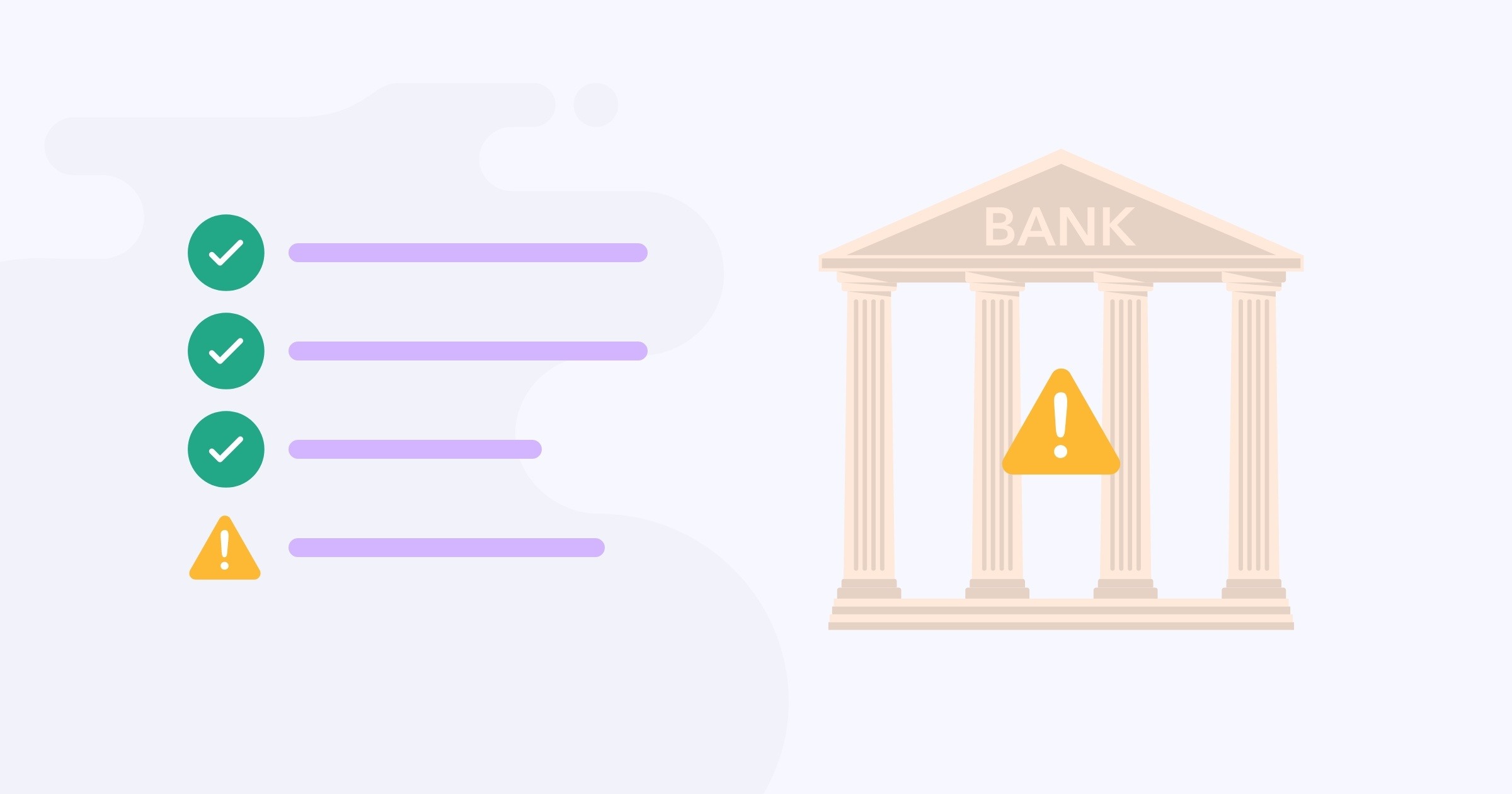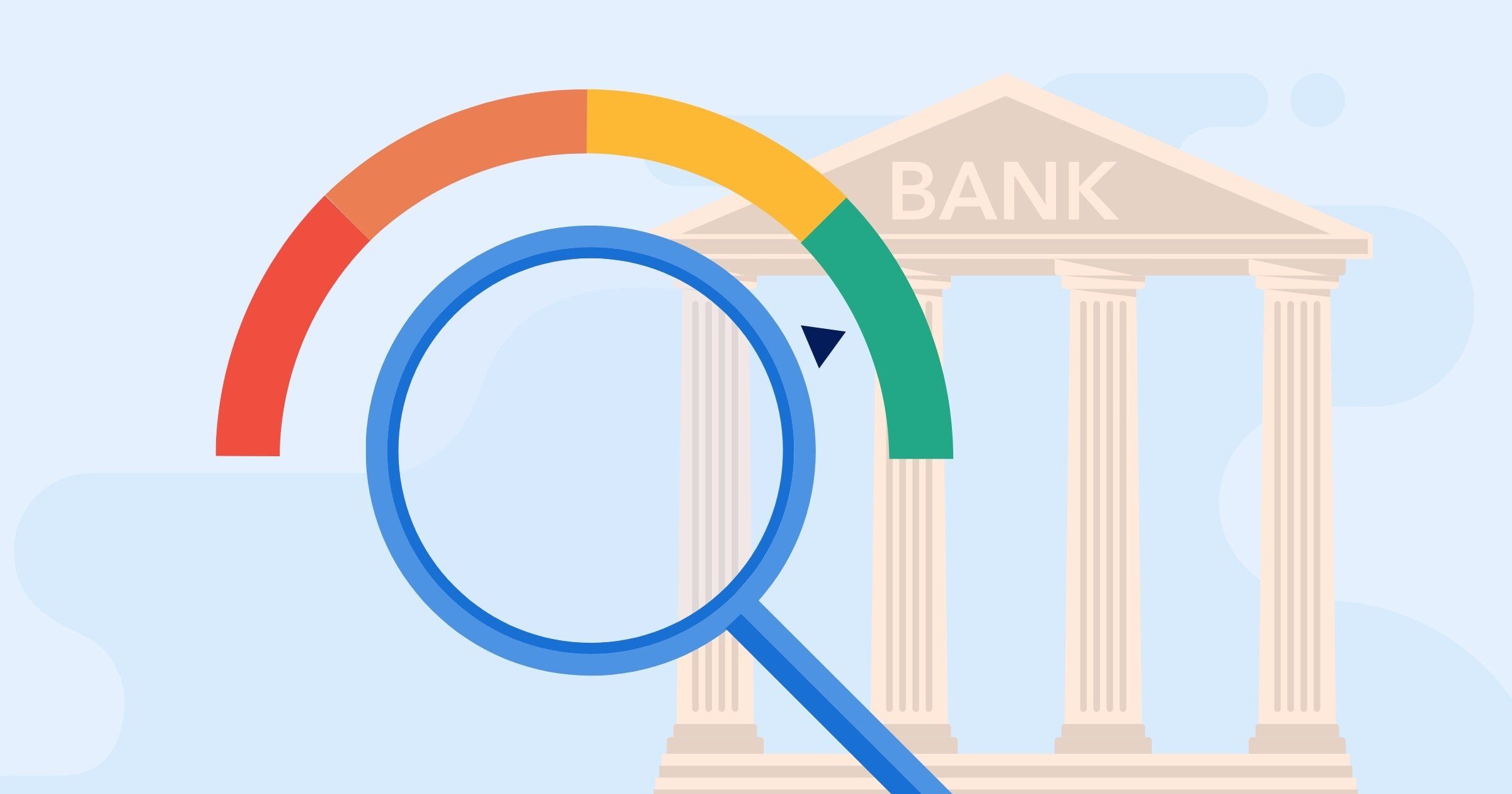When the Interagency Guidance on Third-Party Relationships: Risk Management was released in 2023, financial institutions of all sizes were given a framework for building a compliant third-party risk management (TPRM) program. Smaller organizations, like community banks, often have fewer resources to meet regulatory expectations, which can create unique challenges in TPRM compliance.
This past May, the Federal Deposit Insurance Corporation (FDIC), Office of the Comptroller of the Currency (OCC), and Federal Reserve (the Fed) released a supplementary resource titled “Third-Party Risk Management, A Guide for Community Banks.” The 30-page guide offers many helpful TPRM considerations that community banks can implement.
This blog will cover the main components found in the guide and some tips on how to use it within your own organization.
Main Third-Party Risk Management Components of the Guide for Community Banks
Regulators are clear in stating that the guide is not meant to be a substitute for the Interagency Guidance, but rather a resource to consider. The guide covers the TPRM lifecycle, from planning to termination, and provides key excerpts from the original guidance. TPRM governance elements are also described in the guide, which include oversight and accountability, independent review, and documentation and reporting.
Community banks and other banks may find the following guide components useful:
- Considerations – Each lifecycle stage contains a list of potential considerations in the form of questions that a community bank can ask of its own TPRM program. These questions can help determine whether the bank is addressing certain TPRM concepts and activities. For example, a planning consideration asks about how to exit the third-party relationship.
- Sources of information – The potential sources of information refer to how the community bank can show evidence of TPRM compliance. If the bank states that its TPRM program is compliant with the Interagency Guidance, it’s important to have documentation that supports those claims. Potential sources include elements such as internal policies, subject matter expert (SME) analyses, and risk assessment and due diligence findings.
- Examples – The guide provides illustrative examples of how a community bank can follow TPRM principles in each stage of the lifecycle. Examples are formatted to describe a hypothetical third-party relationship and its associated risks, along with examples of risk management practices.
- Additional resources – The appendix includes a list of resources from government agencies that can help community banks enhance their TPRM practices. The resources cover topics such as cyber threats, incident notification requirements, and due diligence on fintech companies.

4 Next Steps for Using the Third-Party Risk Management Guide for Community Banks
The guide is straightforward and easy-to-read, making it an ideal resource to evaluate your own TPRM program for compliance. However, keep in mind not to treat the guide as a checklist, as each organization and third-party relationship will have different needs.
Here are some suggested next steps to use the guide within your TPRM program:
- Choose an activity – Focus on one of the TPRM activities described in the guide, such as planning or third-party due diligence. Review your organization’s process for that activity and make note of any tools you use, and the stakeholders involved.
- Apply considerations – Refer to the considerations in the guide and compare them to your process to determine which ones are addressed. Also, identify your sources of information that show evidence of your processes.
- Document gaps/weaknesses – Some considerations may not be relevant to your TPRM activity, but others may be missing or insufficient. Any gaps or weaknesses should be documented for further review and improvement.
- Develop a plan for improvement – If you do discover any gaps in your TPRM program, consider developing a plan for improvement. Include details about roles and responsibilities, as well as timelines and the approval process.
If your organization has limited resources for TPRM, this guide for community banks can be a great resource to further your education, identify areas of improvement, and help keep your program compliant with regulatory expectations.



